What is hedonistic sustainability? BIG's take on fun-injected sustainable architecture arrives in New York
A new project in New York proves that the 'seemingly contradictory' ideas of sustainable development and the pursuit of pleasure can, and indeed should, co-exist
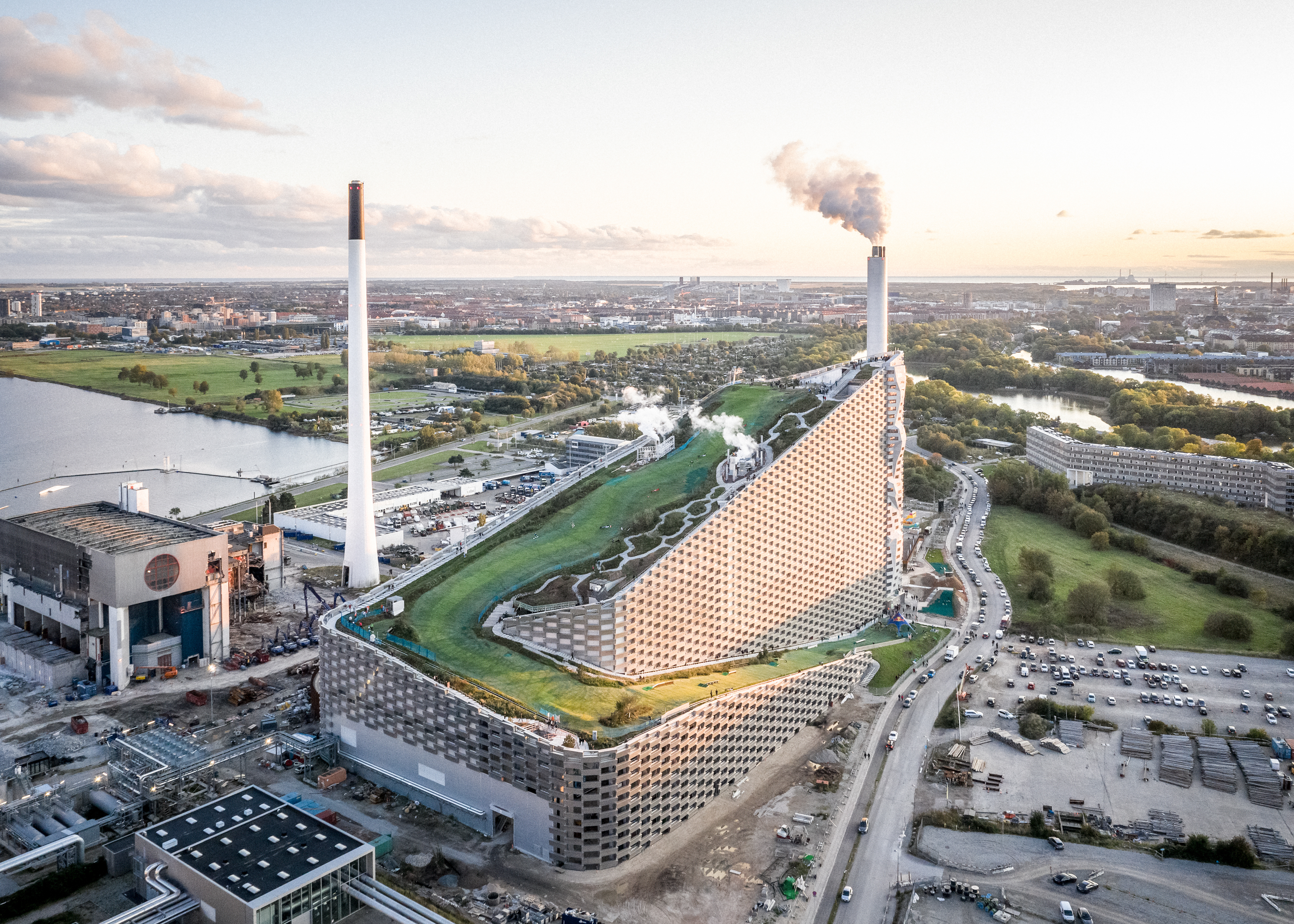
The term hedonistic sustainability doesn’t make immediate sense. Oxymoronic, mismatched and contradictory, it takes some time to get one’s head around. We all know that tackling climate change, for example through sustainable architecture, is one of the most important missions we have collectively faced as a modern society. It would be fair to say, however, that it is not one often associated with pleasure and self-indulgence. But, somehow, it is a combination that actually works. And there is a ten-mile mega-project currently under construction along the coastline of Lower Manhattan to prove it.
A continuous network of High-Line-nodding elevated parks, public lidos, covered walkways, cycle paths and sports facilities running from East 40th Street around The Battery and up to West 54th Street, this vast U-shaped ribbon of waterfront community space looks, first and foremost, like a masterclass in public placemaking.
But all is not as it seems. Those parks are actually flood plains populated with salt-tolerant flora, the canopies covering the walkways are designed to flip down to create instant storm barriers and every mile of public amenity is built on foundations that double up as towering, utilitarian flood defences. This is the BIG U, one of the most ambitious storm resiliency projects in the world.
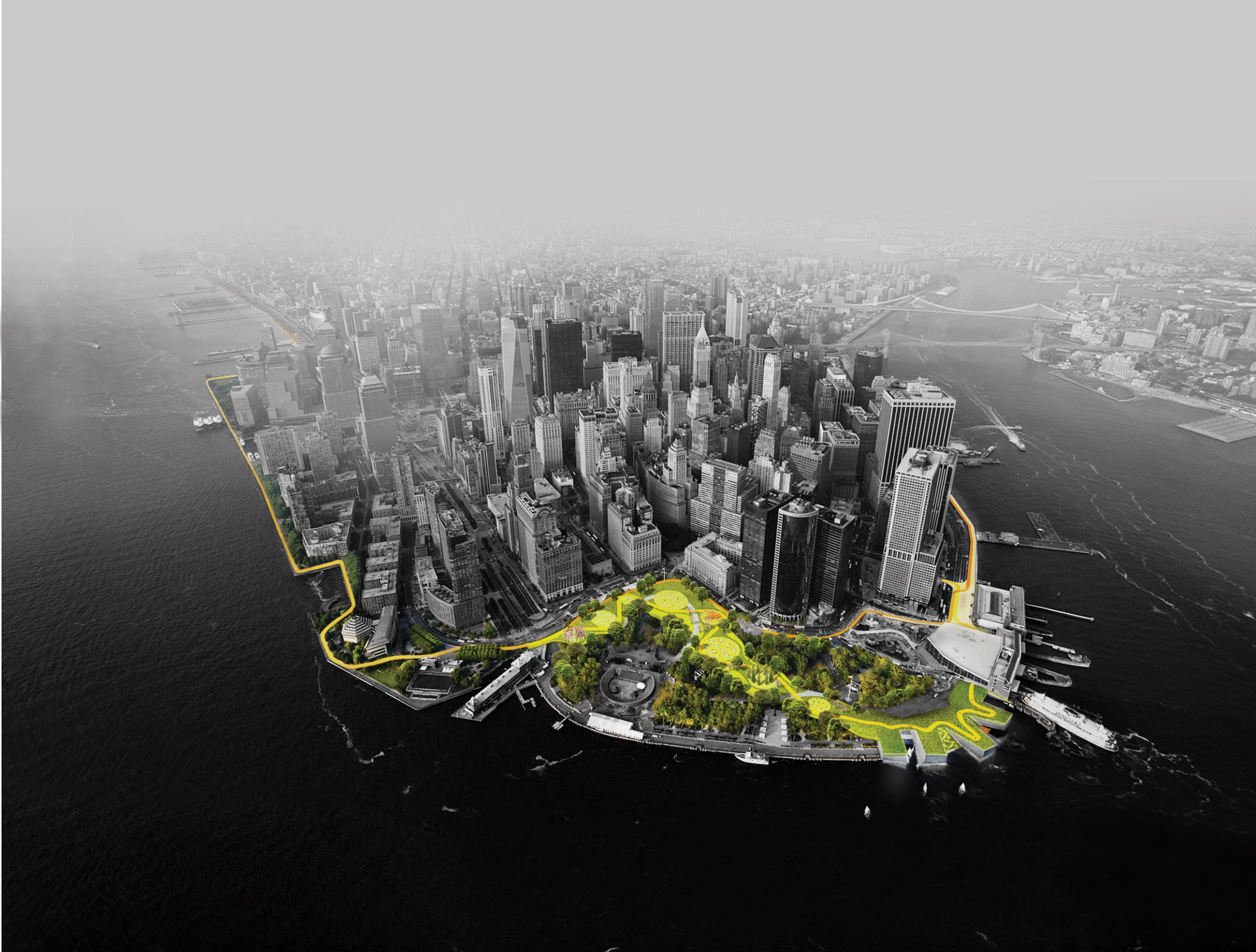
Overview of the BIG U plans
Designed by Danish architecture practice Bjarke Ingels Group (BIG) in the wake of Hurricane Sandy, the BIG U is also a prime example of hedonistic sustainability – a term coined by the group’s founder Bjarke Ingels to demonstrate how the 'seemingly contradictory' ideas of sustainable development and the pursuit of pleasure can, and indeed should, co-exist.
As the first phase of the $2.7bn BIG U gears up for completion next month, the project is setting a new standard when it comes to Ingels’ hedonistic take on futureproofing the built world.
‘Living in a sustainable city meant increasing people’s enjoyment, not sacrificing it’
Bjarke Ingels

BIG U – designed to protect New York against extreme storms
Hedonistic sustainability: what is it?
Hedonistic sustainability has been part of BIG’s DNA since 2002, when the practice delivered the Copenhagen Harbour Bath project (together with JDS). 'We showed that by having a clean port, instead of driving hours to get to the beaches, the citizens of Copenhagen could jump into clean water in the heart of the city,' says Ingels. 'It was like a fantasy where living in a sustainable city meant increasing people’s enjoyment, not sacrificing it. For too long sustainability has been seen as this protestant idea of compromise.'
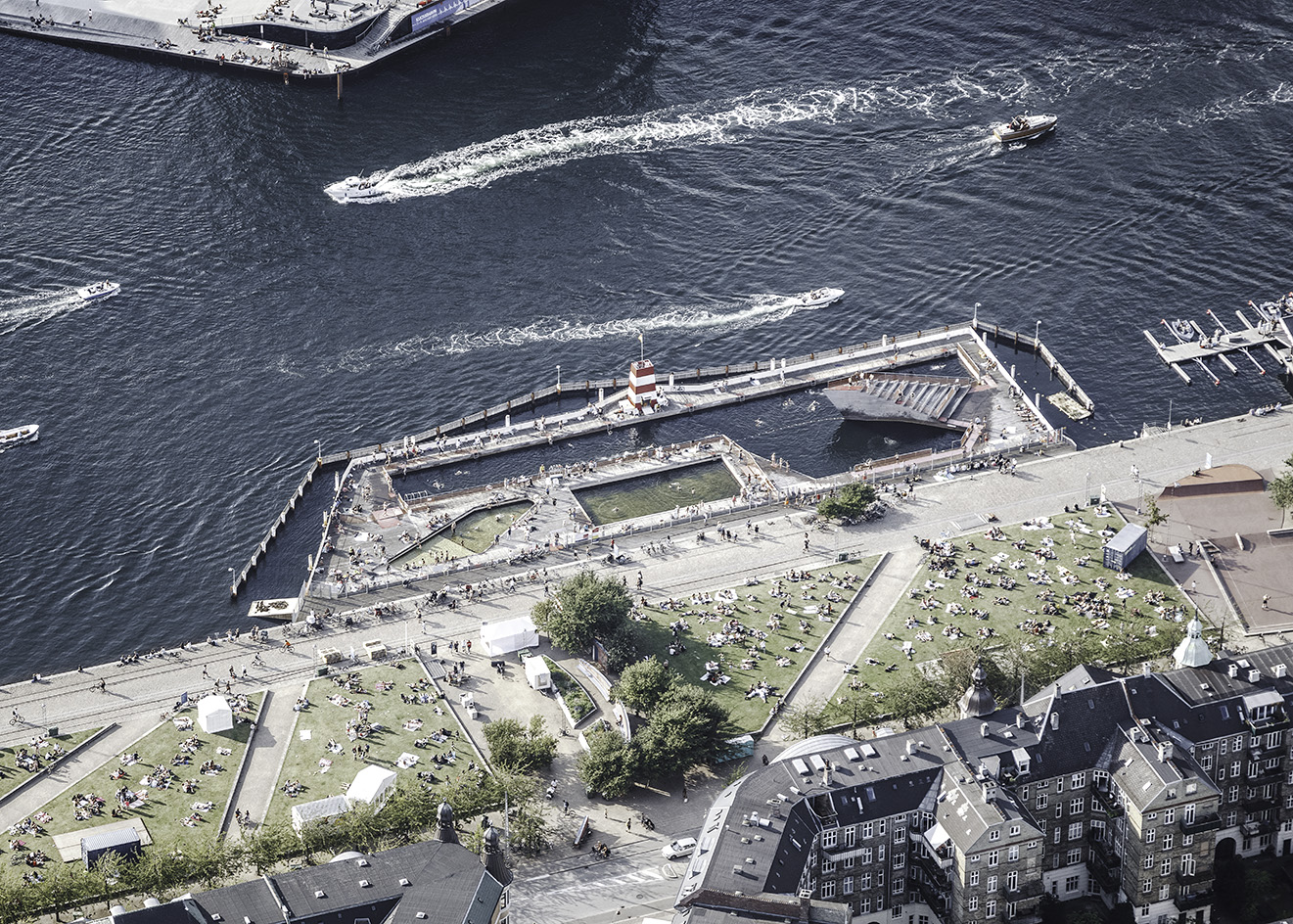
Copenhagen Harbour Bath
The same theory was applied to BIG’s CopenHill, a waste-to-energy plant in the Danish capital complete with a ski slope, a hiking trail and the world’s highest climbing wall running up and down the building’s exterior. 'The steam that comes out of the plant is cleaner than the air around it,' says Ingels. 'So why not turn it into somewhere you can also ski, hike and climb?'
Wallpaper* Newsletter
Receive our daily digest of inspiration, escapism and design stories from around the world direct to your inbox.
Similar thinking went into Vestre's factory The Plus in Norway, where BIG created a production facility that is also part of a forest. Why not indeed? After all, hedonistic sustainability is about more than just injecting joy into design and development. It makes commercial sense, too.
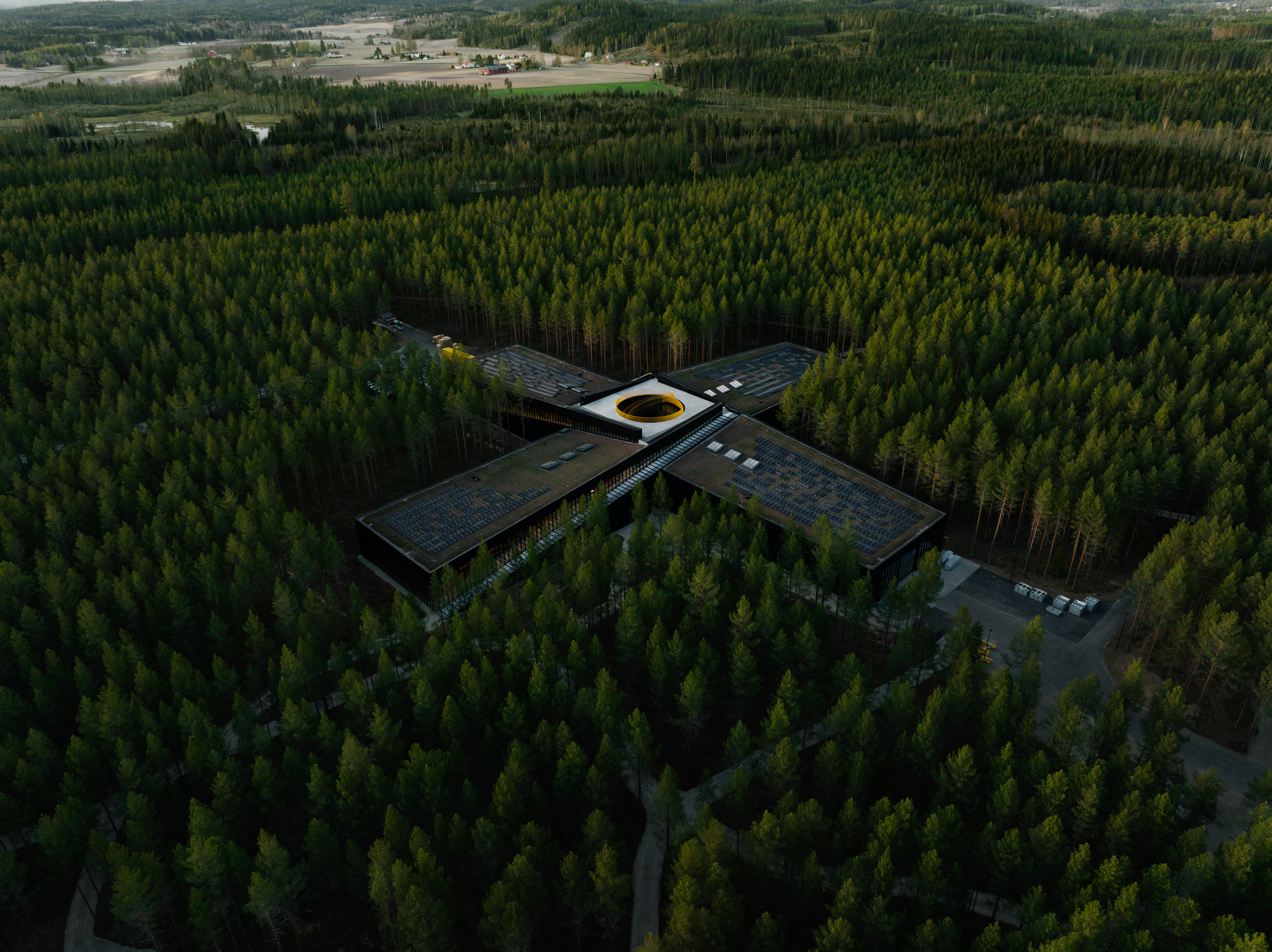
The Vestre factory by BIG
The BIG U is a case in point. Far from being an example of style over substance, the project’s public realm component has been critical to overall delivery. 'It becomes easier to build consensus around taking major adaptive actions when you can deliver other social and environmental factors at the same time,' says Jeremy Alain Siegal, an associate at BIG. 'So many big, transformative projects are stopped based on local concerns and our approach helps to speed things up and get crucial resiliency projects over the line by delivering benefits for multiple stakeholders.'
It also makes it easier to attract investment. In fact, the federal government’s allocation of $335m to fund the first phase of the BIG U’s construction, otherwise known as the East Side Coastal Resiliency Project, was strictly contingent on the delivery of access improvements, community-orientated programming and ecological enhancement within the local area.
'It helps if you are profoundly convinced by what you are doing'
Bjarke Ingels

BIG U
Rare or replicable?
As for the replicability of Ingels’ oxymoronic idea of hedonistic sustainability, BIG recognises this as an 'essential' part of its schemes and has created a toolkit based on lessons and learnings from the BIG U to help other cities apply similar strategies. Think of cities like Bangkok, Venice, Dhaka, and Miami – all of which are currently investigating flood and storm defence systems.
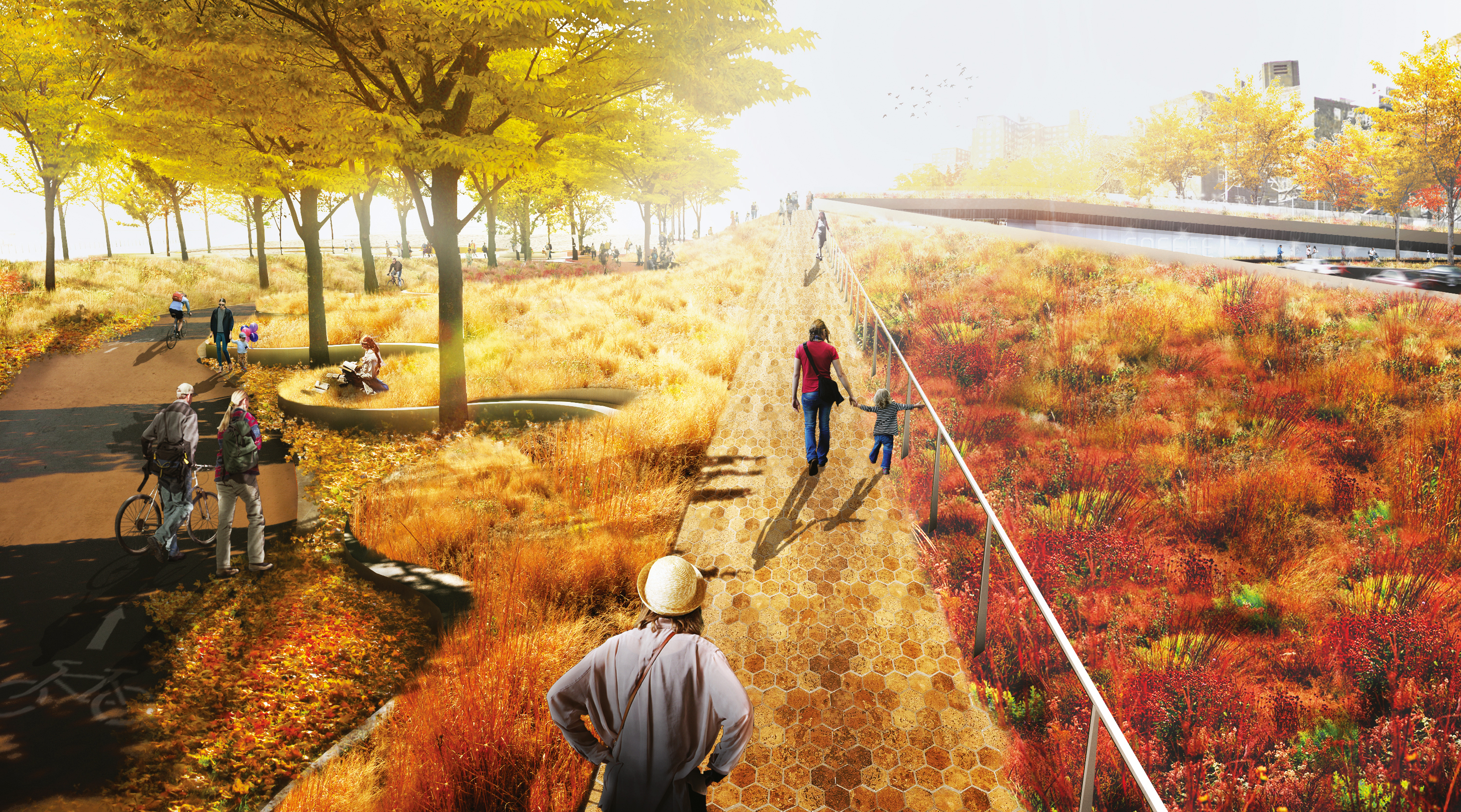
BIG U
Other Danish architects are also working on similar projects, including design practice Tredje Natur’s floating car parks to prevent urban flooding and architecture studio CF Møller’s flood defence system that doubles up as a nature park.
Delivering any of these schemes requires doing things differently, says Ingels. 'It helps if you are profoundly convinced by what you are doing,' he adds. 'And, when you are trying to create something new, taking things from seemingly opposite sides of the fence to create a new hybrid is a good place to start.'
-
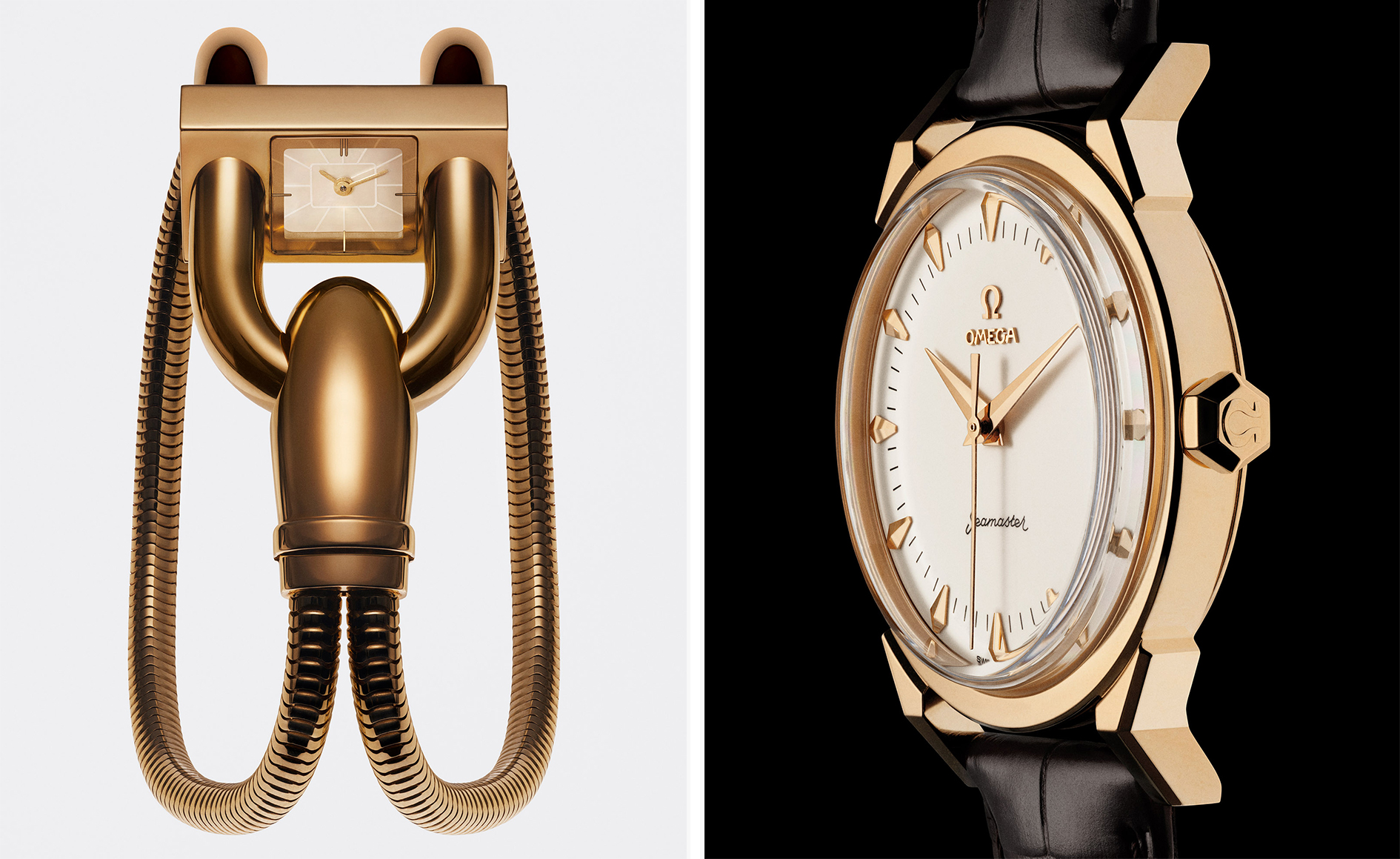 A stripped-back elegance defines these timeless watch designs
A stripped-back elegance defines these timeless watch designsWatches from Cartier, Van Cleef & Arpels, Rolex and more speak to universal design codes
By Hannah Silver
-
 Postcard from Brussels: a maverick design scene has taken root in the Belgian capital
Postcard from Brussels: a maverick design scene has taken root in the Belgian capitalBrussels has emerged as one of the best places for creatives to live, operate and even sell. Wallpaper* paid a visit during the annual Collectible fair to see how it's coming into its own
By Adrian Madlener
-
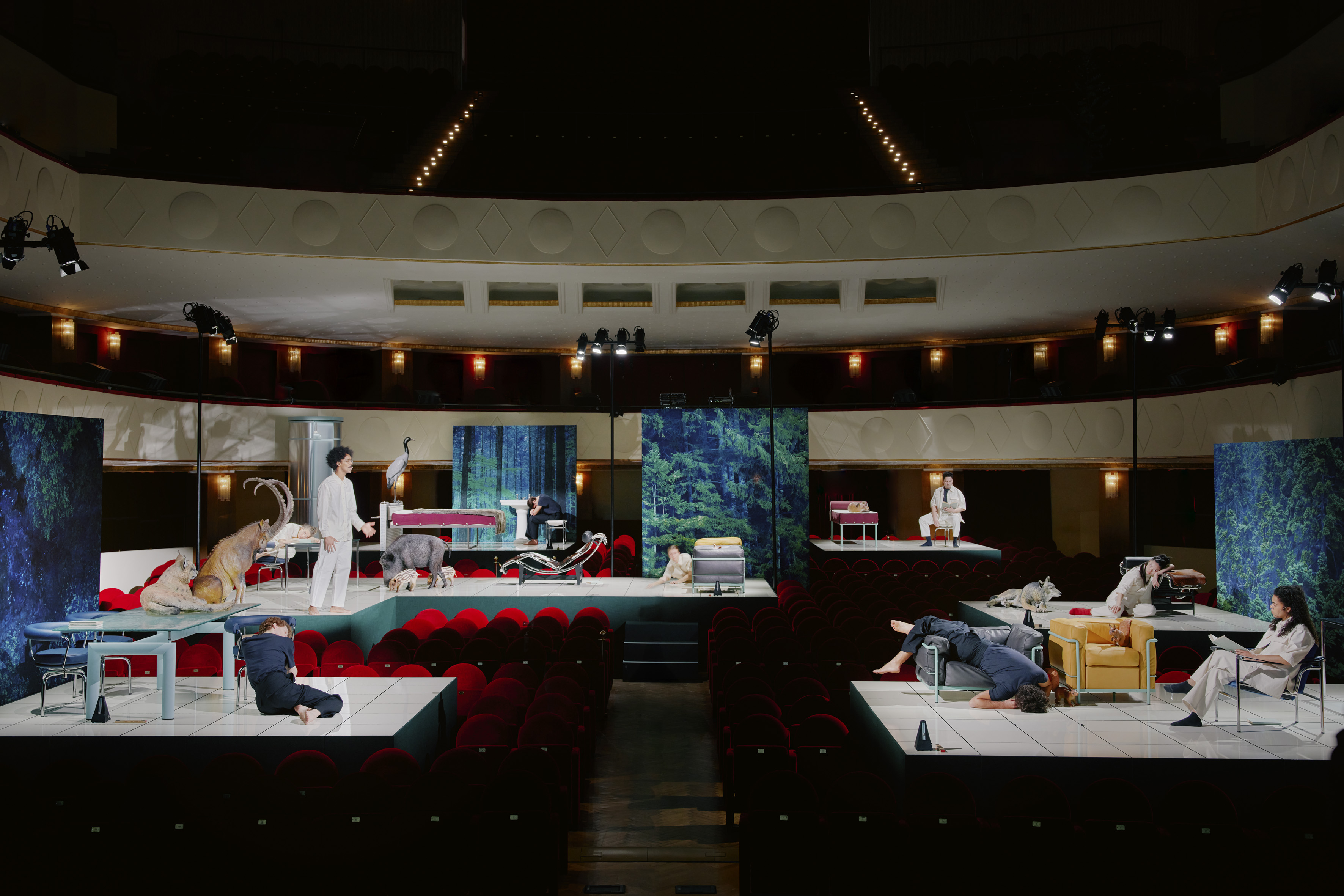 Move over, palazzos. Performances were the biggest trend at Milan Design Week
Move over, palazzos. Performances were the biggest trend at Milan Design WeekThis year, brands brought on the drama via immersive installations across the city
By Dan Howarth
-
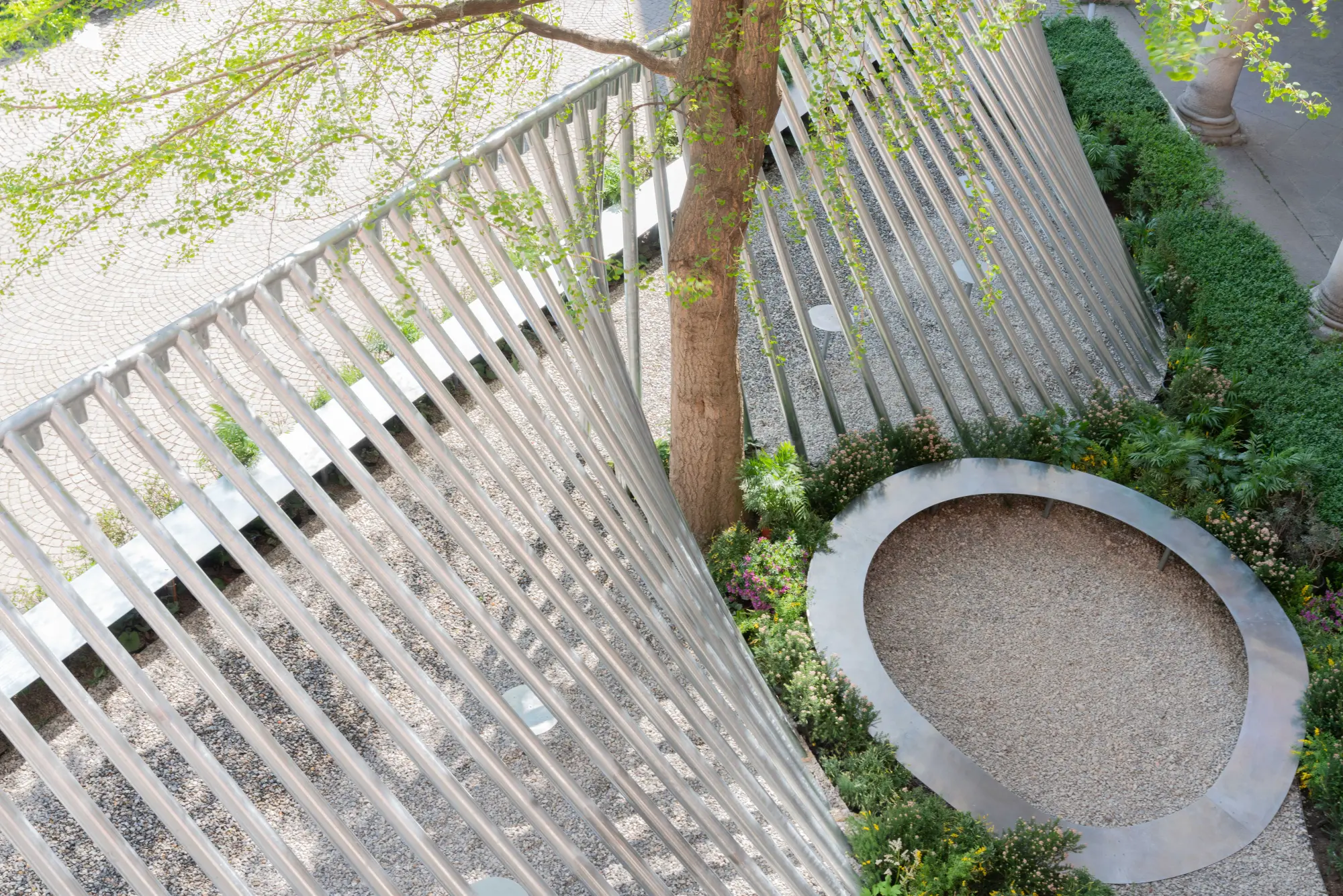 Milan Design Week: ‘A Beat of Water’ highlights the power of the precious natural resource
Milan Design Week: ‘A Beat of Water’ highlights the power of the precious natural resource‘A Beat of Water’ by BIG - Bjarke Ingels Group and Roca zooms in on water and its power – from natural element to valuable resource, touching on sustainability and consumption
By Ellie Stathaki
-
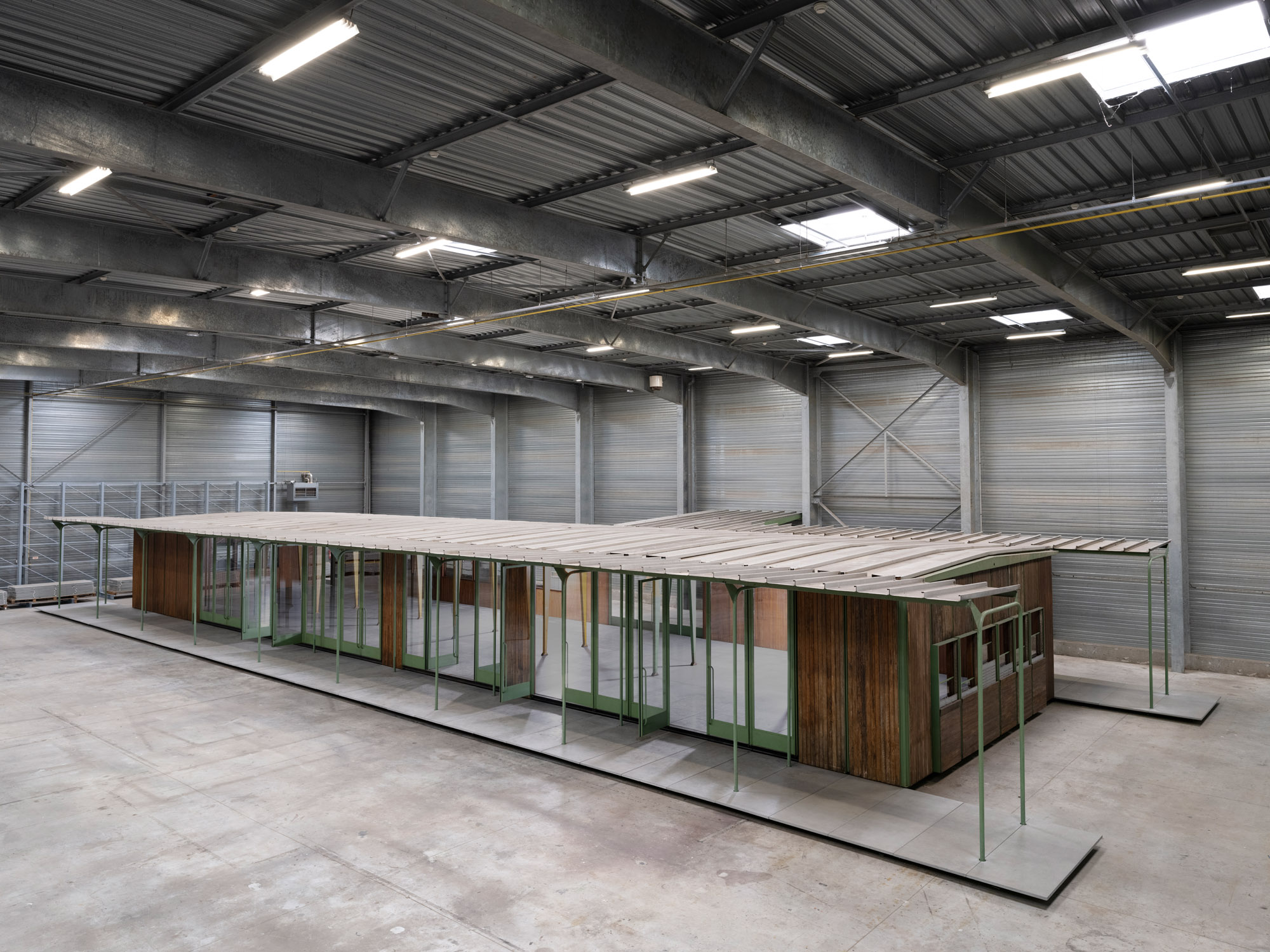 Croismare school, Jean Prouvé’s largest demountable structure, could be yours
Croismare school, Jean Prouvé’s largest demountable structure, could be yoursJean Prouvé’s 1948 Croismare school, the largest demountable structure ever built by the self-taught architect, is up for sale
By Amy Serafin
-
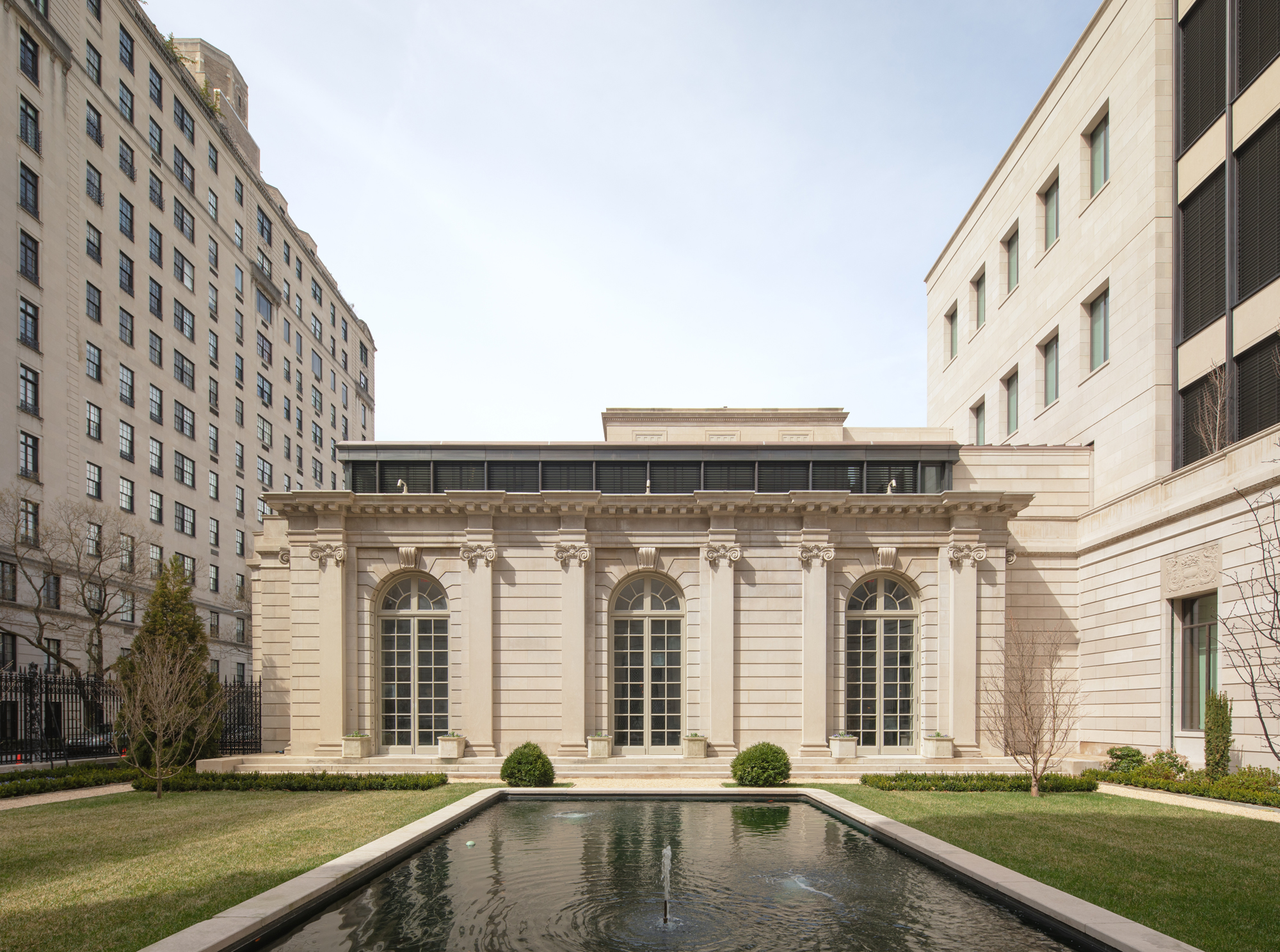 The Frick Collection's expansion by Selldorf Architects is both surgical and delicate
The Frick Collection's expansion by Selldorf Architects is both surgical and delicateThe New York cultural institution gets a $220 million glow-up
By Stephanie Murg
-
 The Eagan house from 'Severance' is available to rent
The Eagan house from 'Severance' is available to rentThe Taghkanic House by Thomas Phifer serves as the home of Lumon’s CEO in the AppleTV+ series, and can be rented out for dystopian stays
By Anna Solomon
-
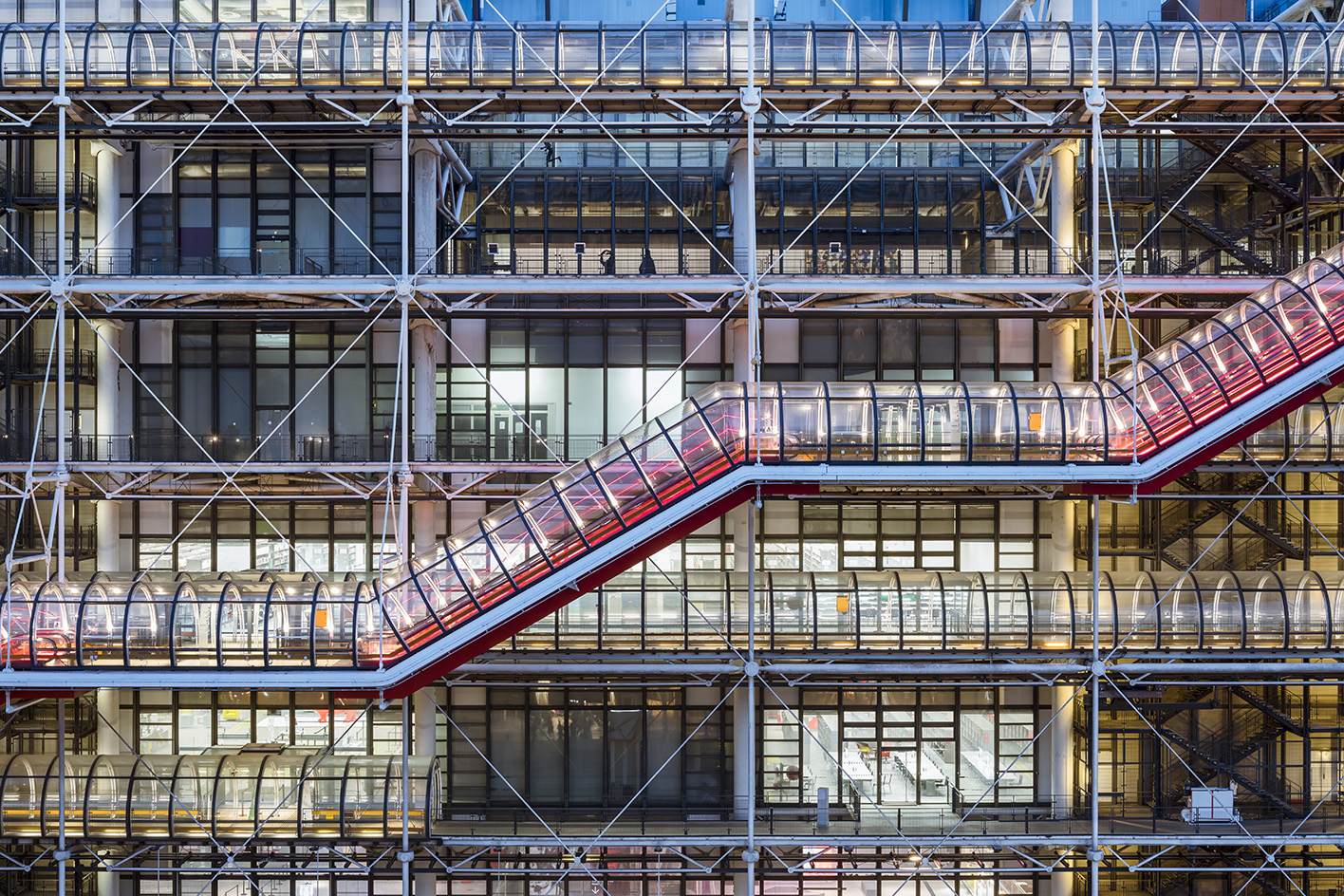 The museum of the future: how architects are redefining cultural landmarks
The museum of the future: how architects are redefining cultural landmarksWhat does the museum of the future look like? As art evolves, so do the spaces that house it – pushing architects to rethink form and function
By Katherine McGrath
-
 Remembering architect Ricardo Scofidio (1935 – 2025)
Remembering architect Ricardo Scofidio (1935 – 2025)Ricardo Scofidio, seminal architect and co-founder of Diller Scofidio + Renfro, has died, aged 89; we honour his passing and celebrate his life
By Ellie Stathaki
-
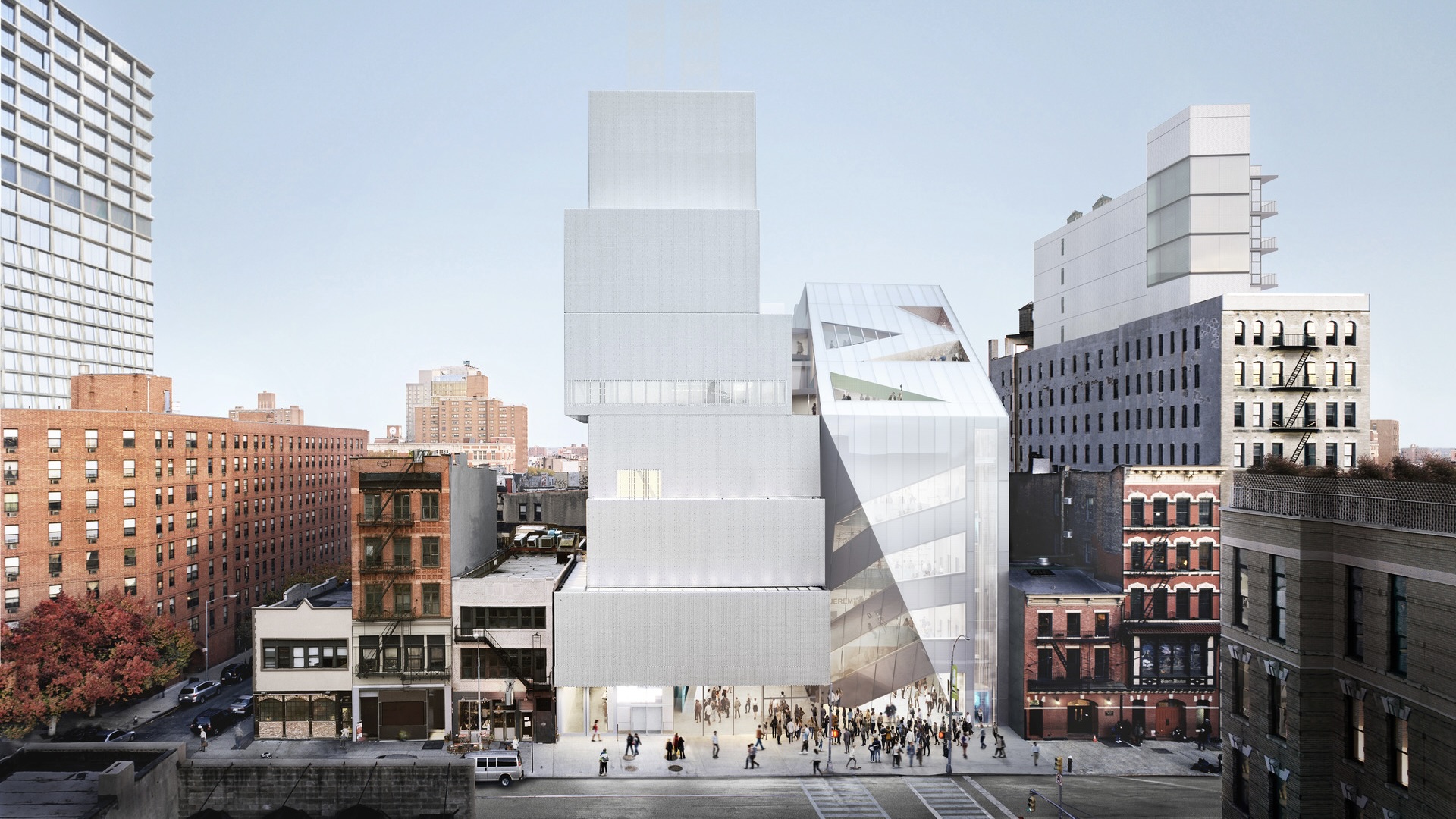 NYC's The New Museum announces an OMA-designed extension
NYC's The New Museum announces an OMA-designed extensionOMA partners including Rem Koolhas and Shohei Shigematsu are designing a new building for Manhattan's only dedicated contemporary art museum
By Anna Solomon
-
 A light-filled New York loft renovation magics up extra space in a deceptively sized home
A light-filled New York loft renovation magics up extra space in a deceptively sized homeThis New York loft renovation by local practice BOND is now a warm and welcoming apartment that feels more spacious than it actually is
By Léa Teuscher